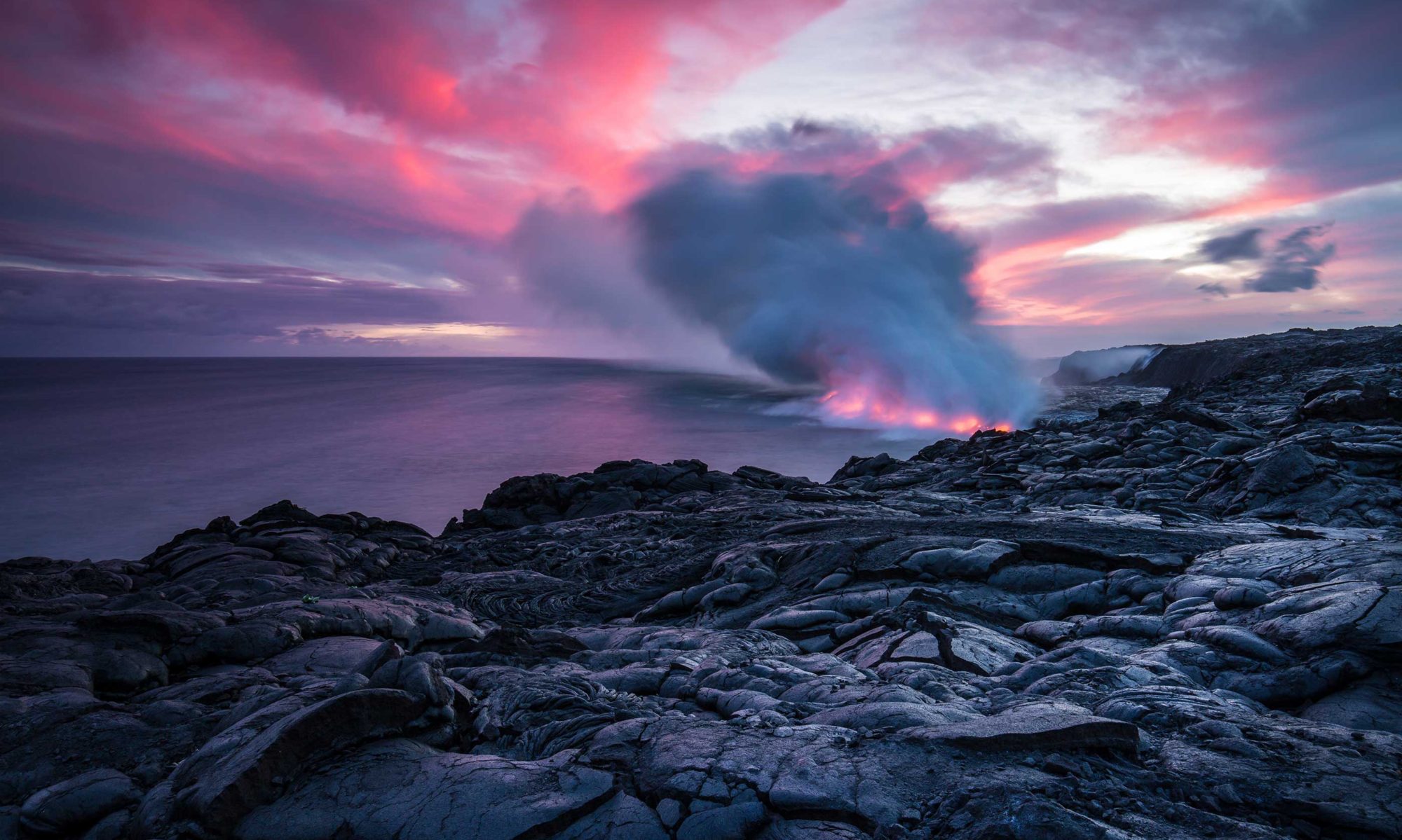Over the past two decades, more than 20% of the global ocean has experienced significant ocean darkening, a phenomenon that reduces the depth of the photic zone—the sunlit upper layer where most marine life exists. This zone is essential for photosynthesis, plankton productivity, fish survival, and overall ocean health. As sunlight becomes less able to penetrate the water, the ecological consequences are mounting.
According to new research published in Global Change Biology, over 75 million square kilometers of ocean have darkened since 2003. The findings are based on nearly 20 years of satellite data from NASA’s Ocean Colour Web and advanced light-penetration modeling. Scientists tracked changes in ocean clarity by analyzing 9 km-wide pixels across the globe. They discovered that in more than 9% of the ocean—an area larger than Africa—the photic zone has shrunk by at least 50 meters. In some locations, that reduction exceeds 100 meters. Meanwhile, about 10% of the ocean has actually become lighter, highlighting regional differences in ocean clarity.
Ocean darkening is driven by both natural and human-induced factors. In coastal waters, increased nutrient runoff from agriculture, higher rainfall, and sediment loading have clouded the water, reducing visibility. These conditions fuel algal blooms, which block sunlight and further decrease water clarity. In open ocean regions, changes in sea surface temperatures and phytoplankton dynamics are believed to be key contributors. Though scientists have studied artificial light at night (ALAN) and its impact on marine ecosystems, it is not considered a direct cause of this widespread darkening trend.
The implications of ocean darkening for marine life are profound. As the photic zone shrinks, light-dependent organisms such as plankton and fish are forced into shallower waters. This compression leads to increased competition for space and resources, potentially disrupting food webs and species interactions. Animals that rely on natural light cues for migration, feeding, or reproduction may face significant behavioral changes. Dr. Thomas Davies of the University of Plymouth emphasized that these changes threaten not only biodiversity but also the ecosystem services we depend on—like oxygen production, climate regulation, and seafood supplies.
The study also revealed global hotspots of concern. Significant darkening occurred in the Gulf Stream and polar regions, especially the Arctic and Antarctic, which are already undergoing rapid transformation due to climate change. Enclosed seas like the Baltic are also showing intense darkening due to high levels of nutrient and sediment runoff. Around the UK, the situation is mixed. Areas such as the North Sea and eastern coasts of England and Scotland have darkened, while parts of the English Channel and northern Scottish waters have become lighter.
Professor Tim Smyth of the Plymouth Marine Laboratory noted that marine organisms are extremely sensitive to light variations. As the photic zone contracts, these changes may lead to long-term shifts in marine ecosystems. With ocean darkening affecting such a large portion of the sea, this trend is emerging as a major warning sign for the health of marine environments and the planet as a whole.
https://scitechdaily.com/21-of-the-ocean-is-losing-sunlight-what-that-means-for-marine-life

